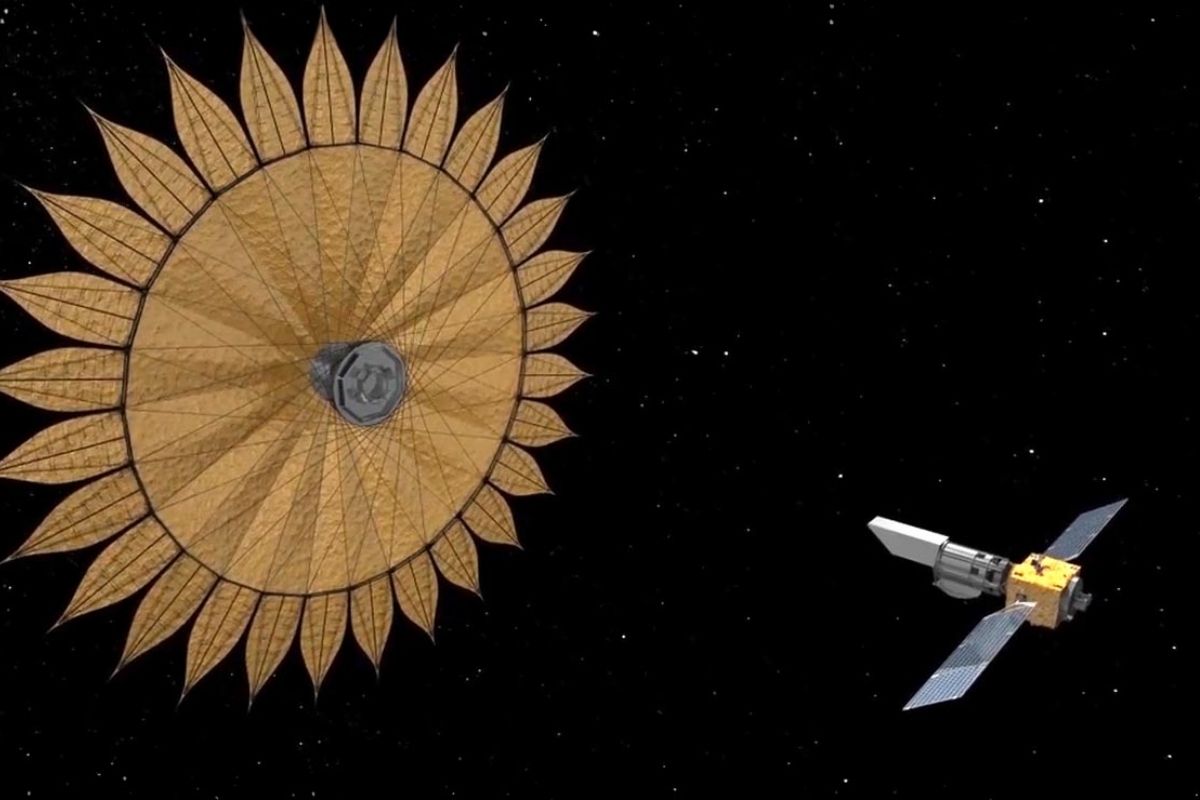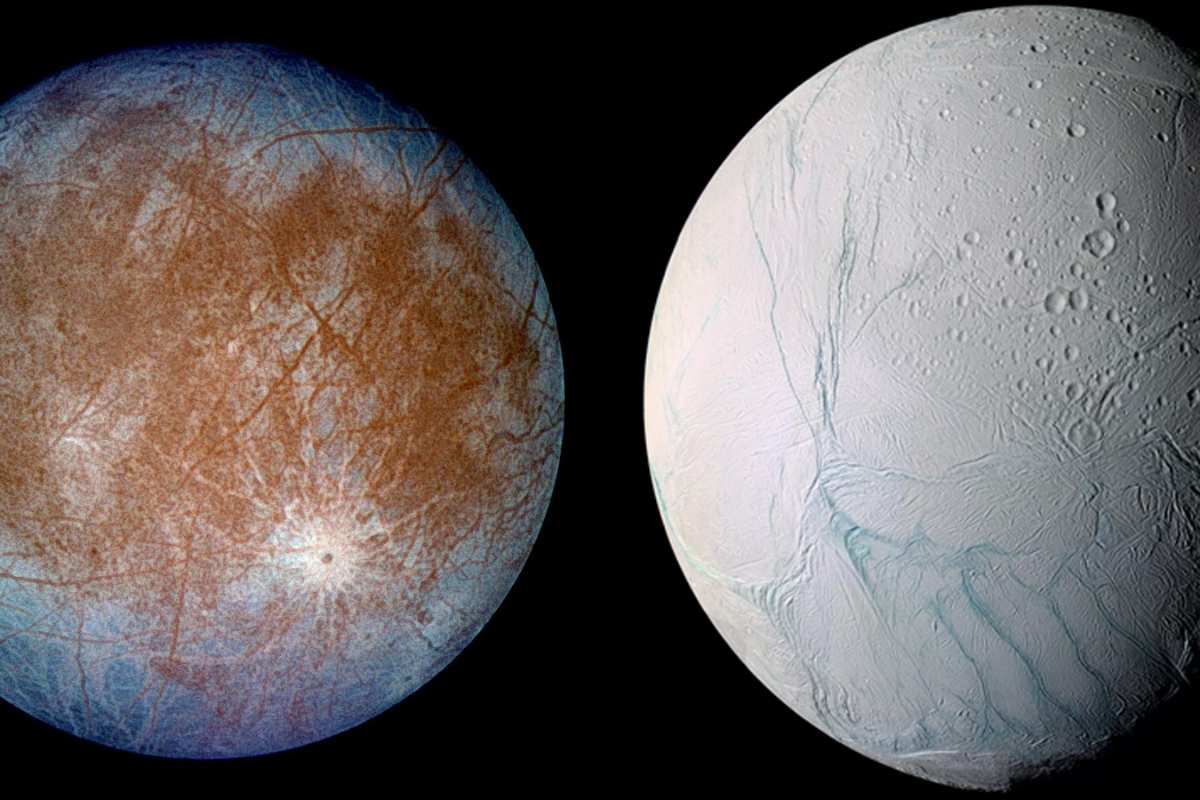The search for extraterrestrial life has captivated human imagination for centuries, but in 2025, this pursuit has reached new scientific heights. Advances in technology, space exploration, and astrobiology are bringing us closer than ever to answering the age-old question: Are we alone in the universe?
1. The Expanding Search for Exoplanets
The discovery of exoplanets—planets orbiting stars beyond our solar system—has revolutionized the field of astrobiology. With thousands of exoplanets identified, scientists are narrowing their focus to those within the habitable zone, where conditions may support liquid water and life.
Key Missions in 2025:
- James Webb Space Telescope (JWST): Providing detailed atmospheric analysis of distant planets.
- European Extremely Large Telescope (E-ELT): Aiding in the search for biosignatures on exoplanets.
- Nancy Grace Roman Space Telescope: Enhancing our ability to detect exoplanets using advanced optics.
2. Hunting for Biosignatures
Scientists search for biosignatures—chemical and physical markers that indicate life. These may include:
- Presence of oxygen and methane in an exoplanet’s atmosphere.
- Detection of organic molecules, such as amino acids and proteins.
- Unusual atmospheric compositions that cannot be explained by geological processes alone.
Upcoming missions, such as NASA’s LIFE (Large Interferometer for Exoplanets), will help refine these searches.

3. Mars: The Best Candidate for Life in Our Solar System?
Mars remains a primary target for astrobiologists due to its past potential for habitability.
2025 Mars Missions:
- NASA’s Perseverance Rover: Continuing to analyze Martian soil for ancient microbial life.
- ESA’s Rosalind Franklin Rover: Searching for subsurface signs of life.
- Artemis Missions: Preparing for future human exploration and in-depth study of Mars’ habitability.
4. Oceans of Europa and Enceladus
Jupiter’s moon Europa and Saturn’s moon Enceladus are believed to have subsurface oceans beneath their icy crusts, making them prime candidates for alien microbial life.
Key 2025 Missions:
- NASA’s Europa Clipper: Investigating Europa’s subsurface ocean for potential life.
- Dragonfly Mission to Titan: Exploring Saturn’s moon Titan, which has liquid methane lakes and a thick atmosphere that may support exotic life forms.

5. Breakthroughs in the Search for Intelligent Life
The search for technosignatures—signals or artifacts indicating intelligent life—has intensified in 2025.
Notable Efforts:
- SETI (Search for Extraterrestrial Intelligence): Using advanced radio telescopes to scan the universe for alien communications.
- Breakthrough Listen Project: Expanding its coverage to new star systems.
- Artificial Intelligence in SETI: AI-driven algorithms improving the detection of potential alien signals.
6. The Future of Astrobiology
The next decade holds promise for monumental discoveries:
- Upcoming space telescopes will refine our ability to analyze exoplanet atmospheres.
- Interstellar probes, like Breakthrough Starshot, could travel to nearby star systems.
- Advances in synthetic biology may help us understand how alien life could evolve under different conditions.
The search for alien life in 2025 is more exciting than ever. From Mars to distant exoplanets, new technologies and missions are enhancing our ability to detect biosignatures and potential technosignatures. While we have yet to make a definitive discovery, each new finding brings us closer to answering one of humanity’s greatest mysteries: Are we alone in the universe?


